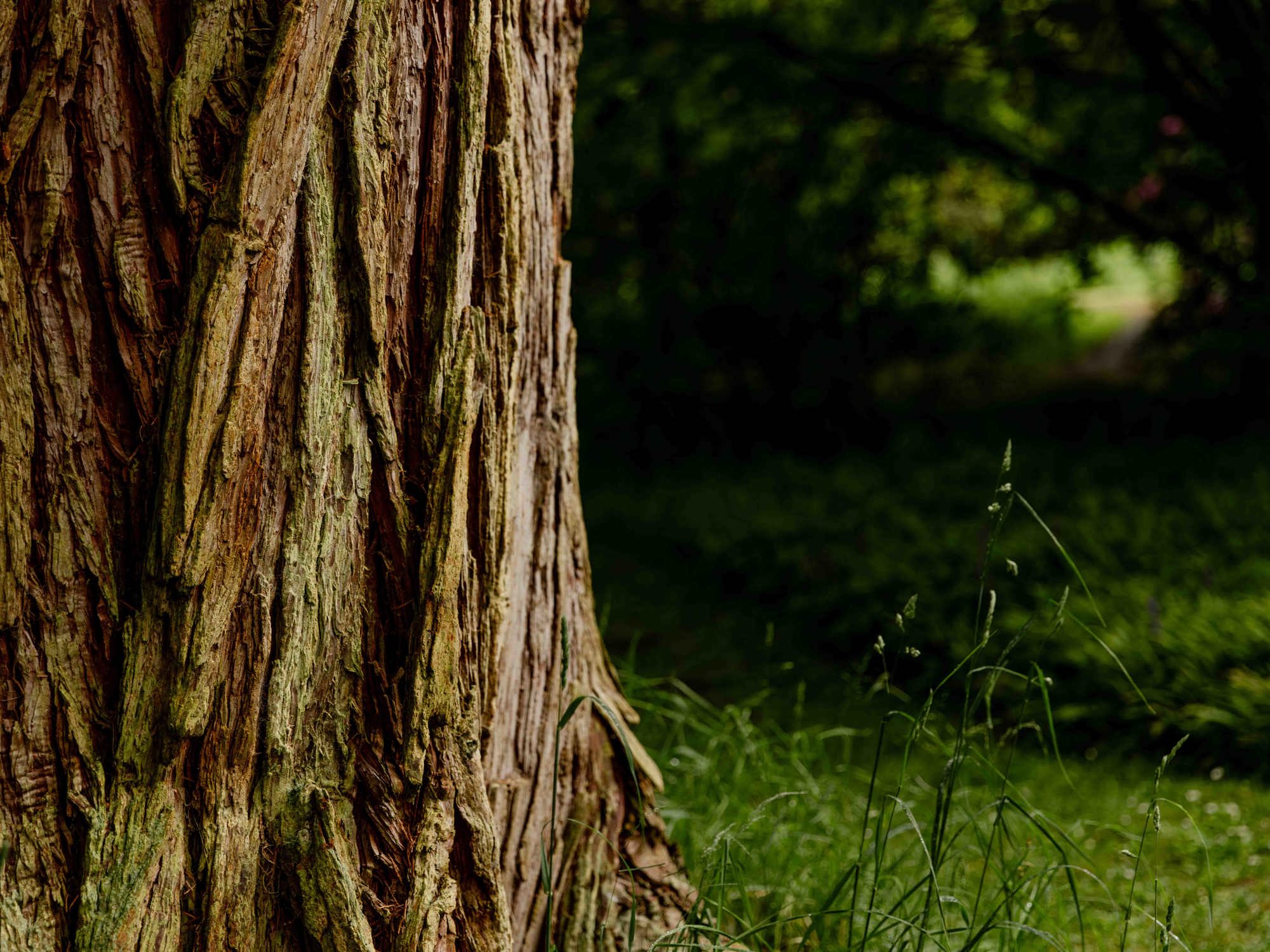With more than 1,000 wild origin species known from America and Europe to the Himalaya, South East Asia and Australia, the rhododendron is the most diverse genus in the heath and heather family (Ericaceae). It can come as a surprise, therefore, that this prolific group is in need of conservation. A new book of innovatively stunning photography and botanical annotations sets out to highlight the precarious future faced by some of these beautiful plants.
Published by the Royal Botanic Garden Edinburgh (RBGE), a global centre for the study of the genus, the striking cover of Rhododendron Dissected flora in close-up, vividly sets-out the stall of this collection of botanical images by David Purvis, introduced by Dr Alan Elliott.
The genus is wrongly vilified through guilt by association with the invasive non-native Rhododendron ponticum. This clearly recognisable purple flowered plant, relishing the habitats of woods and hillsides around the British Isles, is not representative of the wider group. Its proliferation in the countryside is the legacy of sporting estates planting it for game cover during the 19th and early 20th centuries.
The reality for the wider genus is that practices such as land clearance, livestock grazing, and the impact of climate emergency, are putting many iconic species at risk of extinction. The case for conservation has never been more important. As a result, experts around the world are working together under the umbrella of Global Conservation Consortium Rhododendron (GCCR): and key to conservation is identification.
Botanist and photographer David Purvis, originally from Ireland, has married the disciplines of taxonomy and photographic skill. The result is a beautiful book bringing together the centuries old tradition of botanical hand illustration with techniques of advanced digital photography.
The four sites constituting RBGE - Edinburgh, Benmore, Logan and Dawyck care for rhododendrons from towering, large-leaf trees to creeping dwarf plants and tender species from the tropics, too tender to be grown outdoors. Purvis captures the intricate floral and leaf characteristics of species from all these Gardens.
Dr Alan Elliott, RBGE’s Biodiversity Conservation Network Manager for Major Floras, who heads-up its GCCR activity, explained: “At RBGE we have a long association with rhododendrons, with records showing we have been cultivating North American and European species since at least 1775. Nearly half of all threatened species of rhododendron are found in one or more of our Gardens, where we are actively involved in ex-situ conservation projects. As such, our collection is one of the most diverse and well-documented in the world, making it an important resource for research, conservation and education.
“As a leading teaching centre, RBGE has used diagrams to illustrate the key characteristics of plants since developing lectures in taxonomy during the Scottish Enlightenment. David Purvis’ digital images are a modern continuation of this tradition. As well as being visually appealing, they are a useful tool in the identification and understanding of rhododendrons. David’s images capture the macro and micro floral and leaf characteristics that are essential for correct identification, making them highly diagnostic as well as incredibly beautiful.”
The book includes images of original introductions from the well-known collectors of the19th and early 20th centuries, right up to the contemporary plant scientists and conservation horticulturists working with RBGE today. Valuable input was provided by Dr David Chamberlain, one of the world’s foremost taxonomic experts on the genus. After 30 years researching the classification of rhododendrons, and undertaking extensive fieldwork with partners in south-west China, northern India and Vietnam particularly, David remains a Research Associate since retirement in 2001. Proceeds from the book support the international work of RBGE.
Rhododendron Dissected flora in close-up by David Purvis ISBN: 978-1-910877-38-8 rrp £16.99 is available from rbgeshop.org
ENDS
For further information, interviews, review copies or images, please respond to this email or contact Shauna Hay on 07824 529 028 or Sophie Lynch 07808 710 642
EDITOR’S NOTES:
David Purvis developed a standardised methodology after completing his MSc in Biodiversity and Taxonomy of Plants studies at RBGE. He used a Canon Powershot G12 camera and Raynox M-250 macroscopic lens attached to a small tripod to photograph relevant dissected plant parts against a black background. The resulting images were then carefully processed using Adobe Photoshop software to optimise ‘real-life’ illustration of key botanical features.
Dr Alan Elliott is RBGE’s Biodiversity Conservation Network Manager, coordinating the Garden’s contributions towards two global conservation projects, The World Flora Online and the Global Conservation Consortium for Rhododendrons.
Global Conservation Consortium for Rhododendron is a network of consortia established by Botanic Gardens Conservation International.
GCCR members are providing taxonomic expertise in developing an updated, dynamic Rhododendron species checklist, which also forms part of the World Flora Online project. Once this process is complete, work will begin on updating conservation assessments for inclusion on the IUCN (International Union for Conservation of Nature) Red List. Aligning taxonomic and conservation communities to achieve a consensus classification for the genus will lead to more robust conservation assessments. This vital work will also facilitate prioritisation for species conservation.
The Royal Botanic Garden Edinburgh (RBGE) is a leading international research organisation delivering knowledge, education and plant conservation action around the world. In Scotland its four Gardens at Edinburgh, Benmore, Dawyck and Logan attract more than a million visitors each year. It operates as a Non Departmental Public Body established under the National Heritage (Scotland) Act 1985, principally funded by the Scottish Government. It is also a registered charity, managed by a Board of Trustees appointed by Ministers. Its mission is “To explore, conserve and explain the world of plants for a better future.” Learn more: www.rbge.org.uk

